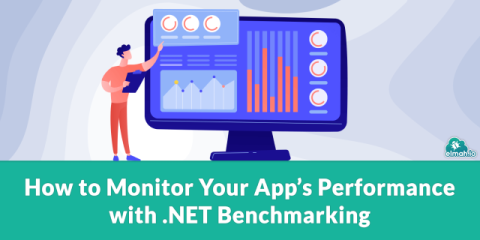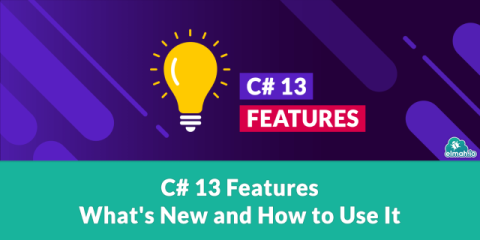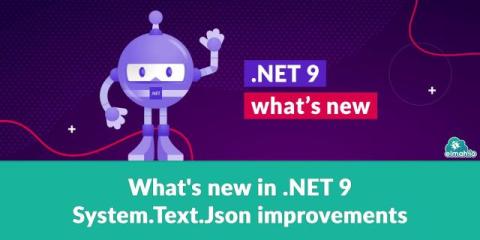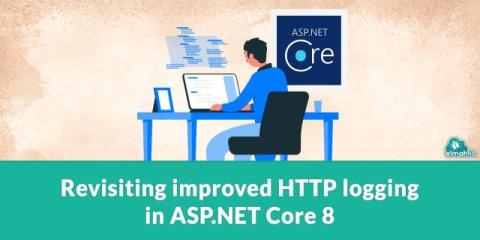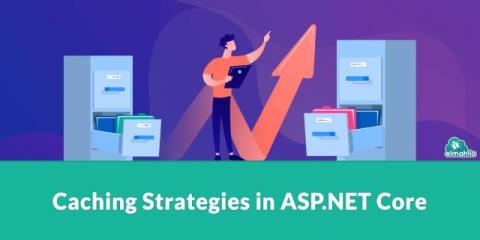How to Monitor Your App's Performance with .NET Benchmarking
Benchmarking is essential in application development, especially if you aim to scale up your app. Benchmarking enables you to evaluate your application's resource consumption, which helps you identify potential updates to speed up performance. If not scaling, you will need the application performance to be optimal to enhance user experience and reduce memory and processing costs.


